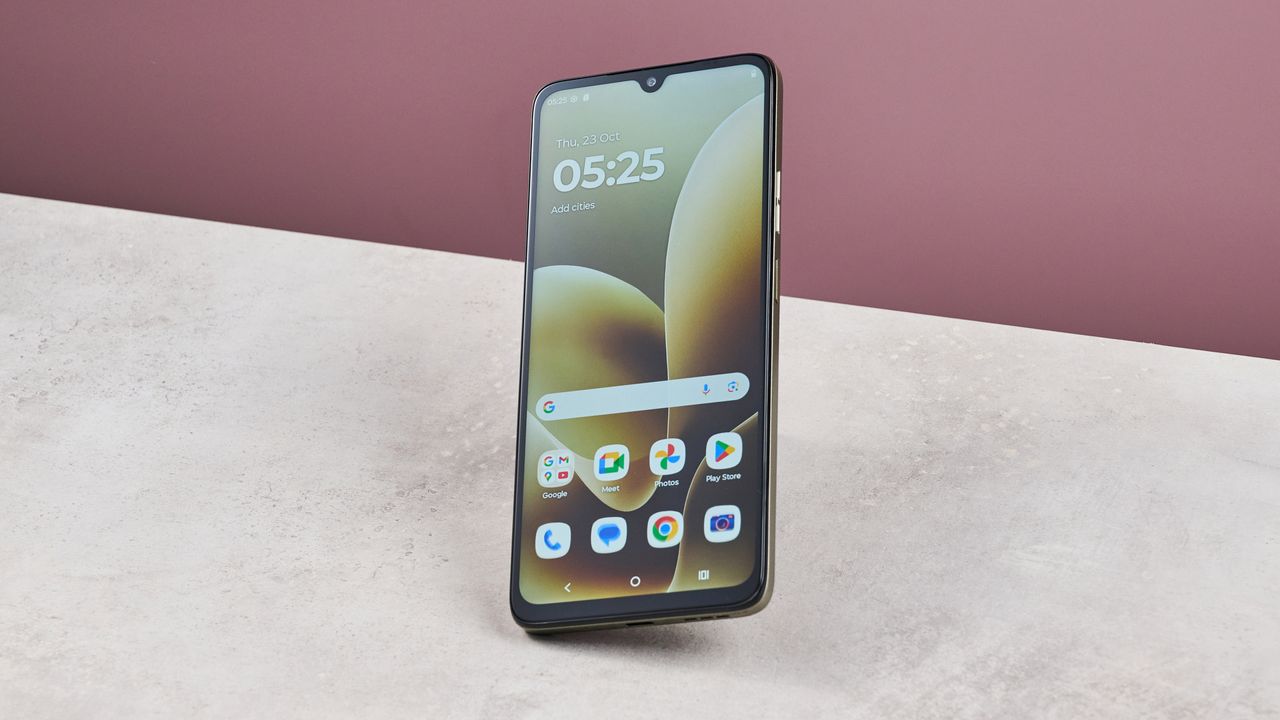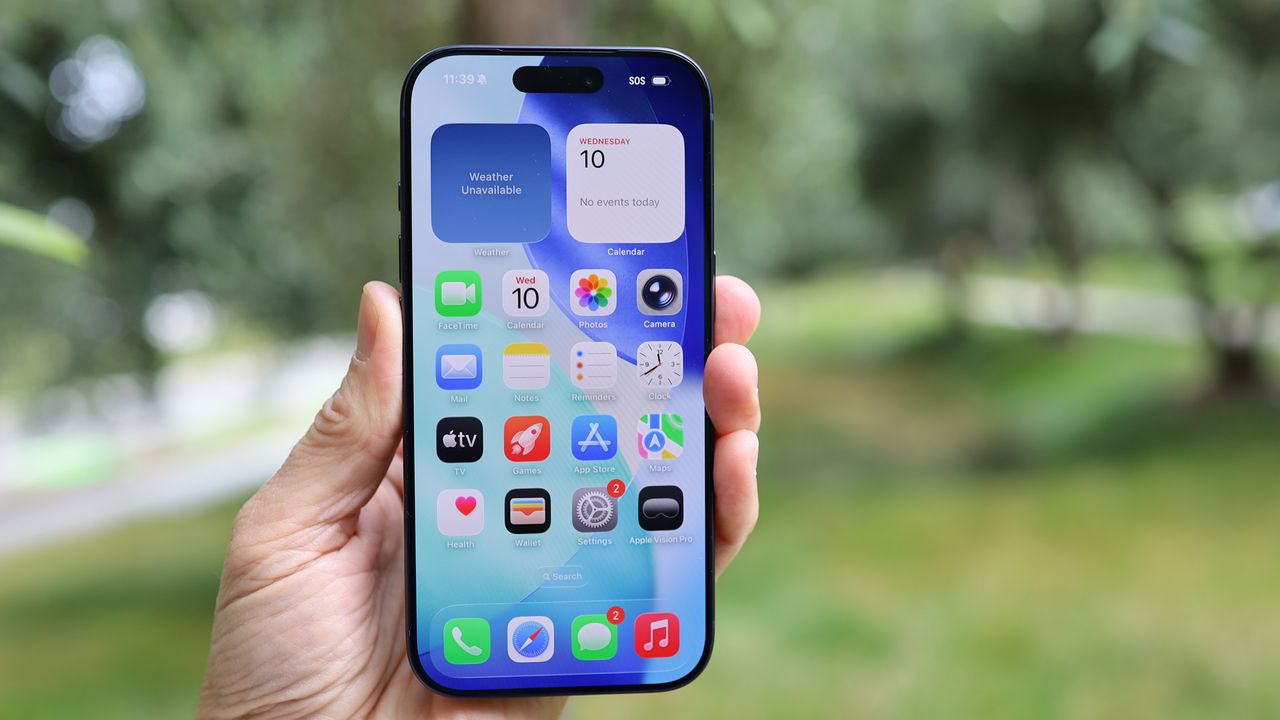
This Super Blood Moon has only happened five times since 1900 and if you miss out, you’ll have to wait until 2033 for another chance to see it.
How do you photograph it? Let’s get one thing clear. You’re not going to take pictures of the moon with just your smartphone. Not even the new fancy iPhone 6s’ 12 megapixel camera is going to work. All you will get from it is just a small speck of light. Don’t get me wrong, if it’s all you got we can work with it. Just don’t expect great detailed pictures. Below how to get started.
- D-SLR
- A 1000 mm (200 mm lens ok too)
- A tripod
- Shutter release cable (or remote).
Now that you have your D-SLR camera, a nice lens, tripod and shutter release how do you set it up? What you want to set first is the ISO, exposure and white balance settings. You want to set the white balance to “sunny” or “daytime”. Take a test picture. If you are not happy with it, switch to automatic white balance. Keep in mind there is no set it and forget it for exposure and ISO. These will depend on what phase the eclipse is on.
Don’t push your ISO too far. As your ISO also increases so does the noise in an image. The darker the picture the easier it is to see. Try short exposure times to cut camera shake. Moon may seem like it’s an object stuck in one spot but it is actually moving. Leaving your shutter open long will leave you with a blurry picture. A nice little trick which I only recommend for long exposures. Turn off auto lens stabilizers.


